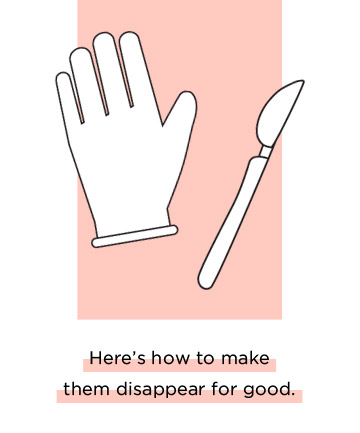Skin Care
You Probably Have Milia — Here's What They Are and How to Treat ThemThis pesky skin problem is more common than you think — and can be tough to get rid of. Here, how to prevent and treat milia |
Here's What to Do If You Want Milia Gone for Good Make an appointment with your dermatologist, stat. "A milia needs to be lanced, then gently extracted — either consult with your dermatologist or your aesthetician," says Hernandez. "They will then create a small opening with a lancet, and apply gentle pressure and that allows the milia to pop right out." However, she cautions that you must go to someone who is experienced in extracting milia, as they can be more difficult to take out than they look.
Tanzi adds that it's an easy procedure for a dermatologist, so your best bet may be going to your derm's office first.
"But, milia will never stop forming until the skin care practices that are causing them change," warns Goldfaden. Tanzi echoes his statement, saying that if you find you're getting a lot of milia suddenly, take a long hard look at your skin care routine and make some changes. That eye cream may feel magical, creamy and wonderful on your skin, but if it's giving you milia, it may be time to retire it. After all, you wouldn't keep using a face cream that caused you to break out or gave you a rash, would you?
Tanzi adds that it's an easy procedure for a dermatologist, so your best bet may be going to your derm's office first.
"But, milia will never stop forming until the skin care practices that are causing them change," warns Goldfaden. Tanzi echoes his statement, saying that if you find you're getting a lot of milia suddenly, take a long hard look at your skin care routine and make some changes. That eye cream may feel magical, creamy and wonderful on your skin, but if it's giving you milia, it may be time to retire it. After all, you wouldn't keep using a face cream that caused you to break out or gave you a rash, would you?


























